Important Points You Should Know About SAP S/4HANA Logistics
Category: SAP S/4HANA Logistics Posted:Jun 27, 2018 By: Ashley Morrison
SAP has always stressed quality when it comes to ERP applications. The beginning of data-centric ideas and concepts such as the Internet of things and Big Data has led SAP to make a strategic decision in developing its proprietary database. A database is a focal point for it and SAP needed to eliminate its dependency on Microsoft Oracle and other database vendors. This led to the development of an in-memory database with great reliability and integrates the best of the row and column-based Data architecture. There are many advanced features in HANA such as automatic failover mechanism, replication, and superior performance, which are the demand of most of the companies.
Many Enterprises previously running on ECC currently migrated to SAP HANA as their enterprise database. This is because SAP made it clear that S/4 would need HANA as its database. There are many differences in database architecture and S/4HANA has several simplifications in terms of functionality and data models across various modules.
Master Data:
The first type of change is associated with the Master Data. Here the main idea is that using HANA; SAP can try out processing on a much larger scale and provide better performance as well.
Customer Master:
Management of customer and vendor Master Data in S/4 is by utilizing the business partner approach. Therefore, the conventional transaction code such as XD01, XD02, XD03 or VD01, VD02, VD03 is redundant in S/4. Similar is the case for XK01, XK02, XD03, and MK01, MK02, and MK03. Hence, an enterprise migrating to S/4 needs to ensure that it is properly analyzed and that the SAP S/4HANA conversion process is carried out in its entirety.
Material Master:
The material master field has been stretched up to forty characters, this is the major single change in the material master. Earlier it was 18 characters in the ECC. Therefore, an enterprise that has several systems in landscape exchanging material data must take this into account. Not only this but there are a few more changes presented in S/4HANA. Here, the foreign trade fields within Master Data are unattainable and for this crow, the Global trade service or CTS is the suggested solution.
Business Suite Modules:
SAP S/4HANA enterprise management has been improved by recombining sections of SAP SRM, CRM, and SCM into the solution. SAP S/4HANA enterprise management is also available on-premise as well as in the Cloud with nearly equal efficiency. This relies on a varying subscription or licensing models. The SAP S/4HANA solution can be a Cloud solution or can also be implemented as an on-premise system such as SAP ERP.
The latest releases in May and June 2016 for S/4HANA packages both on-premise and Cloud have seen significant improvements and extensions in terms of functionalities under Logistics. The business value of such enhancements under supply chain and manufacturing, procurement, and Sourcing along with other key functionalities offered in S/4HANA is considerable. The functional aspects of both on-premise and Cloud solutions are similar.
SAP has said that SAP S/4HANA is a completely new product offering and solutions suite and not the successor of business suites that have come before it. The type of functionality that is covered under S/4HANA enterprise management can lead one to conclude that if they migrate to S/4HANA they will have to abandon the pre-existing business suite for optimal performance. But this does not have to be the case and migration can be a gradual process, continuing certain elements of legacy systems.
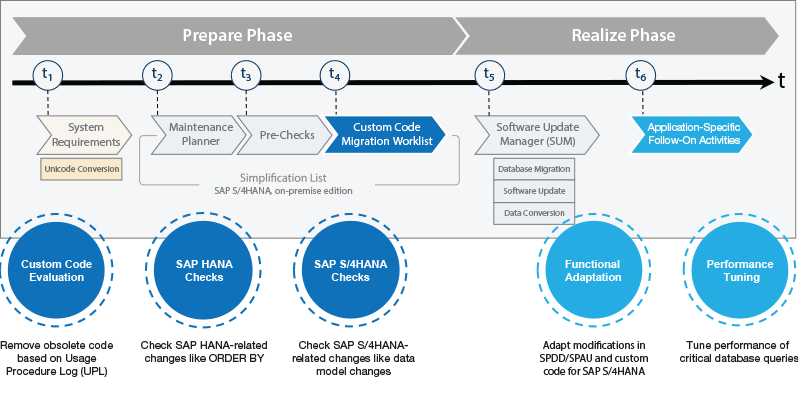
Procurement
Simplicity: Procurement is a sphere that is known for its arduous nature, time-intensive processes, manual labor, and large volumes of documents and line items. S/4HANA decreases the operating cost procurement by offering a simple and highly effective procure to pay process which is powered by Fiori apps. A great example of this is spent key performance indicators and Analytics. The user experience is further broken down and simplified and improved greatly through the utilization of role-based apps. Additional business value is also added using real-time Analytics.
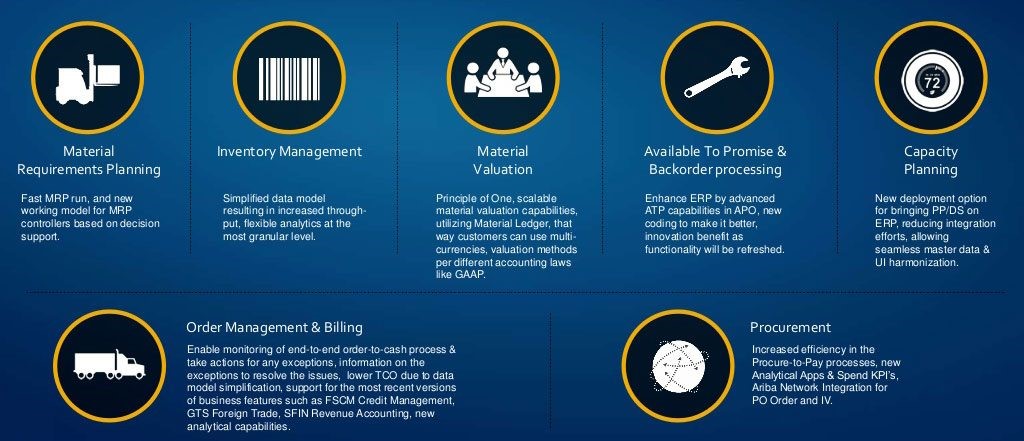
Visibility: S/4HANA is now providing a great deal of transparency and foresight at the fingertips of customers using Fiori apps. It provides Ad-Hoc supplier visibility and integrated performance evaluation that is founded on detailed data points. Also, it is important to note there is integration with the SAP Ariba network for transactional data.
Adoption: Conventional procurement processes have always been manual or semi-automatic at best which would lead to painfully slow cycle times and would invite tons of errors. SAP S/4HANA also has sell, service request issuing which means they will be higher rates of business user adoption. This is because there will be a user experience that is more personalized almost up to the point of being consumer-grade instead of being restricted to that of a business user interface.
Inventory Management
Accuracy: The challenge in maintaining accurate inventory figures is gaps in real-time Analytics data and process redundancies and associated difficulties. S/4HANA comes to the rescue here with the detailed and timely processing of inventory postings on a real-time basis. This means they will be inventory that is maintained with much higher levels of accuracy. There is also parallel inventory posting for price-driven materials of a standard nature. Accurate inventory management means enhanced levels of on-time deliveries, with valuation being more accurate as it is a single valuation method using the material ledger. Earlier MM-IM and ML were used in conjunction with each other. All the above-mentioned processes can be greatly simplified by the utilization of Fiori apps for warehouse resources as well as managers.
High Inventory Turnover: S/4HANA also provides accuracy and visibility for inventory across the board, leading to reduced levels of safety stock which can bring down inventory overheads. This will eventually contribute to decreasing working capital costs to the Enterprise.
The segment of One: S/4HANA also stands out by providing real-time processing as opposed to batch-based processing and support. This means managing dynamic demand and fulfillment for lot sizes of even just one and facilitating such modular management using Logistic operations.
Material Requirement Planning / Capacity Planning
Flexibility: Enterprises face the difficulty of the revenue loss resulting from stock-outs or poor delivery performance. S/4HANA provides a prioritized perspective on the issue of material flow with visibility that is crystal clear. It also offers system-generated solution proposals along with procurement proposals which are created on an automated basis. There is customization for available capacities and receipts to meet the needed quantities in the Enterprise.
Quick: S/4HANA is lightning fast with accelerated MRP being run 10 times faster than otherwise thought possible, coupled with accelerated demand propagation along with extended supply chains. This will mean providing more opportunities for simulations and planning, quality of an entirely new level.
Real-time: S/4HANA provides real-time alerts, which are originated from current stock needs, coupled with a comprehensive inventory feature in real-time.
MRP Fiori apps provide management and monitoring of internal and external requirements process or production Orders and material coverage as well. It is wise to have a single MRP system for planning, comprised of the APO PP/DS into S/4HANA along with living cache-based planning on a finite capacity basis. This is an integral part of the SAP HANA platform and needs a single database for management along with easy data integration and modern and advanced analytics. It will also provide maintenance for integration models and master data that is highly instinctive. SAP S/4 has already been dubbed as a great Innovation and having a competitive edge with regard to planning aspects of S/4HANA. This is because there is a system for the fulfillment of Orders within time with precise quantities using different verification methods for each business scenario. Also available will be the performing of backorder processing on an automatic basis.
Available to Promise
On-Time: SAP S/4HANA powered mass product availability check is meant for production orders, planned and sales orders. There is also an easy verification for every item within order at one go, which leads to ordering fulfillment on time and, in precise quantities. Inventory promises are reliable and accurate; order dates and order fulfillment are overall dependable. Orders from the entire network can be fulfilled or products within the order can be substituted as required.
Efficient: S/4HANA has substantial performance enhancements for emancipating huge production orders. Also, there are plans for data and process innovations in Backorder processing and Sales Product Allocation.
Currently, logistics processes are being integrated into the core of the first major release of SAP S/4HANA given below are the benefits of this release in detail:
What the Market Wants
Speed, individuality, and innovation: the market always looks for these three factors which enterprises have to meet periodically. Logistics processes of any company must generate products which tailor-made to each customer on the individual requirements. Also, the priority list is said to deliver the product as fast as possible, meaning knowing when the product is ready for shipping and being responsive to changes.
Which Logistics Functions are in the SAP S/4HANA Core?
The logistics functionality is now part of the SAP S/4HANA procedure in its first major release. Since finance and Logistics together constitute 66% of any company’s set of processes, there is a lot to be gained from the integration of both. Costing for production needs is automatically noted in the accounting system and has an instant effect on the enterprise balance sheet. And in the end, all these changes are displayed in real-time.
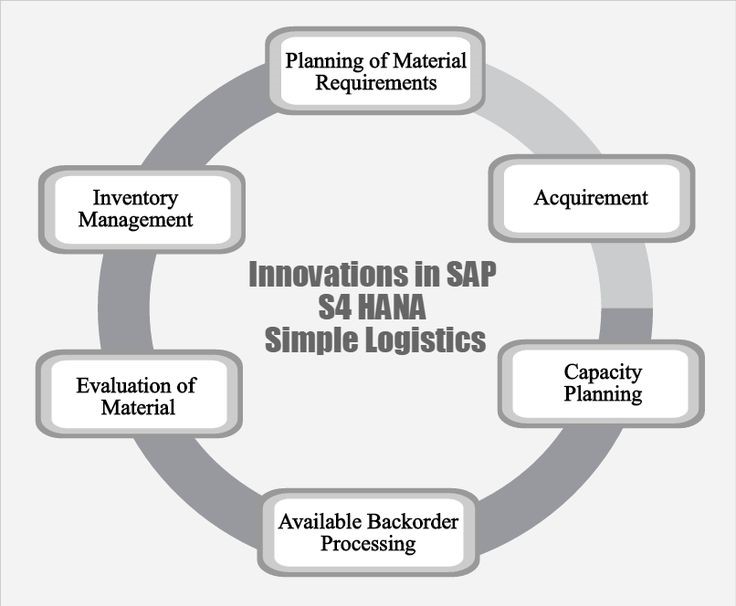
SAP S/4HANA supply chain is the core module in its logistics solution suite. This includes warehouse management, inventory management, and production planning. Detailed scheduling in production planning along with advanced available to promise features has been entirely recoded. These are made available for utilization as add-ons. The SAP S/4HANA sales module enables the creation of sales orders. Integration of procurement processes in the SAP S/4HANA digital core is done through the Sourcing and procurement module.
What are the Advantages of SAP S/4HANA Supply Chain?
Benefits of the SAP S/4HANA supply chain are identical to those in finance with S/4HANA using a brand-new data model with the indices and aggregates being rendered obsolete. This means there is a considerably lesser requirement for memory space than conventional database management systems would need.
What Benefits Can This Solution Bring to Logistics?
The Cockpit for materials planners:
Consumers can stand to gain a lot from an intuitive user interface that is also customizable. Materials Planners will also be able to display charts in their respective cockpit as per their roles and responsibilities. This will decrease the effort that is needed to access information relevant to the personnel in real-time
Decision support:
Users can make decisions with the help of algorithms. When an order is delayed, the system will propose suggestions on how to navigate difficult bottlenecks. The system will also be able to run simulations and display an accurate preview of inventory levels, developing over the period of the next few days or weeks as required.
Improved customer service:
Using this service, employees will now have access to process production data to enable them to answer customer queries regarding products and delivery dates. They will be able to view the time taken for products to get ready for delivery and to pass on such information to the corresponding staff.
Alerts:
Whenever there is a situation where product flow is restricted and bottlenecks crop up, Systems will flag this situation before they escalate to something that cannot be checked. Along with flagging, the system will also pass on the information to the people who can take action. This cuts response times and keeps processes flowing.
Business decision support:
The highly simplified data model based on SAP S/4HANA renders duplicate data retention unnecessary. This means a higher storage capacity. Whether it is material requirements, current sales figures, or yearly reports – all the calculations are up-to-the-second. This allows management to respond to changes in demand and new customer requirements much more quickly.
Conclusion
SAP Simple Logistics is also called SAP S/4HANA Enterprise Management. It includes all major modules provided within the SAP ERP Business Suite. This includes Material Management, Supply Chain, Demand Planning, Sourcing and Procurement, Contract Management, and Manufacturing. Any company looking to succeed as an ERP presence in the current market scenario should seriously consider migrating to SAP Simple Logistics.
That’s all for today. If you’re interested to read more articles on this topic, feel free to visit ZaranTech Blog.
At ZaranTech, we also offer a Self-paced video learning program for Workday HCM mentored by certified and experienced subject matter experts. Browse through our course pages for further information.
Happy learning!

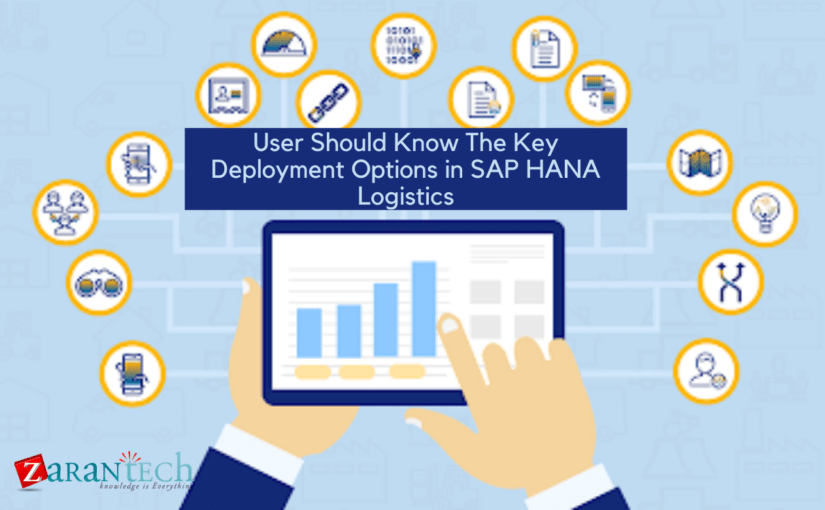


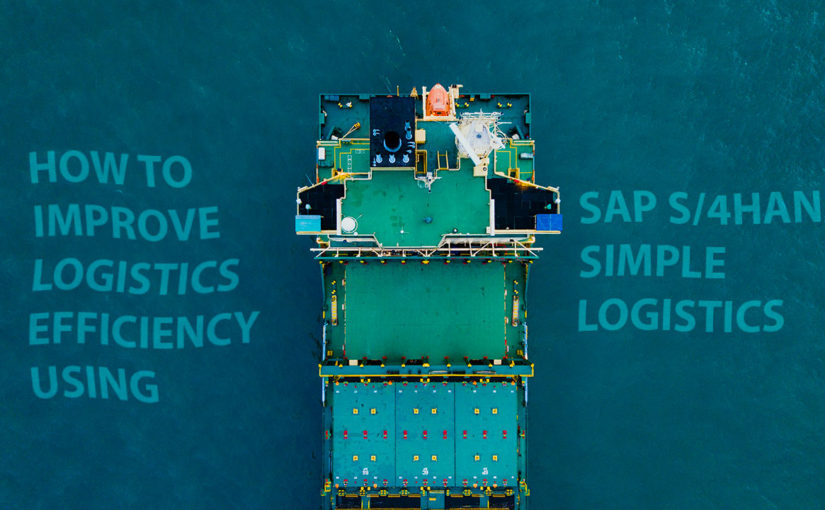
 99999999 (Toll Free)
99999999 (Toll Free)  +91 9999999
+91 9999999